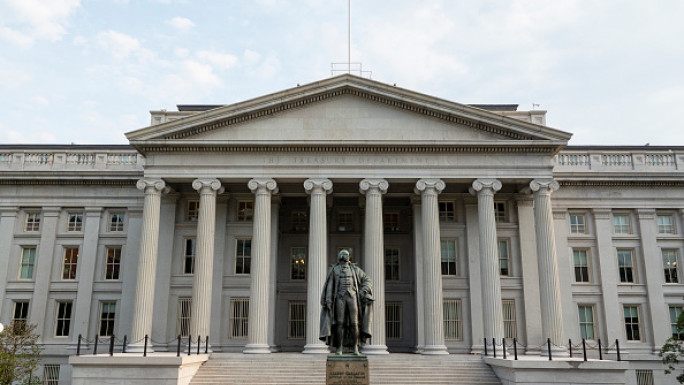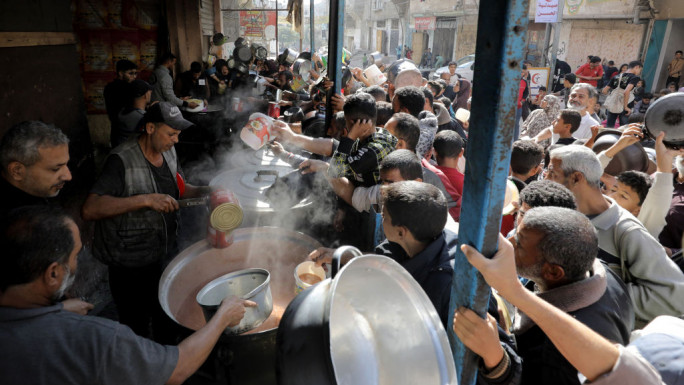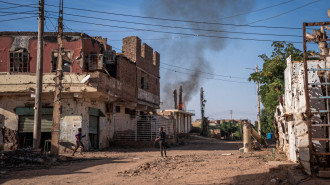Libya set to reopen last major oil export terminal
Libya is set to increase its oil output further by reopening the last of the major oil-export terminals that was shut amid fighting between rival factions.
The move will complete the resumption of services at all nine of Libya's major oil ports.
According to an official from the country's National Oil Corporation cited by Bloomberg, the Zawiya terminal is set to resume exports following the recent reopening of the pipeline that supplies it.
Last month, work was resumed at the Sharara oil field, which supplies Zawiya, after being closed since November 2014 due to a pipeline blockade.
Prior to this, the major oil field had also been shut due to interference by armed militants.
The nearby el-Feel oil field also reopened in the same month, after being shut in April 2015.
It is expected that 1.9 milllion barrels of oil will load from Zawiya in January, Bloomberg reported citing an oil loading programme.
Prior to the conflict that halted exports from Sharara in 2014, the field had a pumping rate of around 9 million barrels per month.
Libya's oil industry is being revitalised at a time when other major oil producers have pledged to cut production in order to increase prices.
The Organization of the Petroleum Exporting Countries [OPEC] pledged in December to reduce production by 1.8 million barrels per day [bpd], however Nigeria and Libya were exempted from this.
At present, Libya produces 700,000 bpd, the NOC said Wednesday. This is an increase of 120,000 bpd on November's pumping rate.
This news will not be well received by OPEC member nations, who may have to cut production further in the beginning of 2017 in order to shore up prices.
Divisions in Libya, however, continue to threaten the country's oil industry's recovery. Production levels also still lag far behind that prior to 2011, when around 1.6 million bpd was produced.





 Follow the Middle East's top stories in English at The New Arab on Google News
Follow the Middle East's top stories in English at The New Arab on Google News


